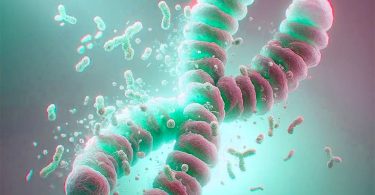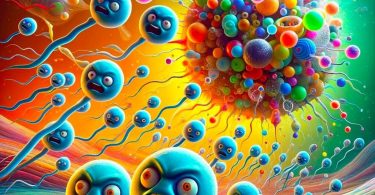You can always stretch, tighten, lift, inject or boost the skin … But restore skin elasticity is possible only by taking the problem at its source: glycation.
Elastin gives the dermis fibers the elasticity that allows the skin to regain its original position after being stretched. Elastic fibers are synthesized in the peri-natal period and in childhood. In adulthood the renewal of elastin is almost zero.
Elastin, one of the most resistant proteins in the body, is difficult to degrade. Its weak point is its low turnover which exposes it to the damage of the glycation. Years after years the AGEs (advanced glycation products resulting from the fixing of sugars on proteins), create cross links which definitively reduce the elasticity of elastin.
The recent discovery of the deglycating properties of certain molecules reverses this situation. Thus, taking Age Breaker, the first deglycating product available on the market, has restored 16.9% of skin elasticity in one month (corresponding to 10 years of cutaneous elasticity gained) in patients aged 58 years on average (1).
@AGE BREAKER, update 07 2022
[Glycation is one of the major causes of aging. Resulting from the fixation of sugars on the proteins constituting the organism, glycation generates toxic compounds that cause cellular aging. Glycation is particularly involved in metabolic disorders, skin aging and cognitive decline.] [AGE BREAKER SKIN HEALTH, patented nutritional supplements, based on rosmarinic acid, recognized around the world by aging specialists for their properties to reverse the effects of glycation.](1): D. Jean et Al. Reversal of Skin Elasticity Loss in vivo. ISV 2012.









